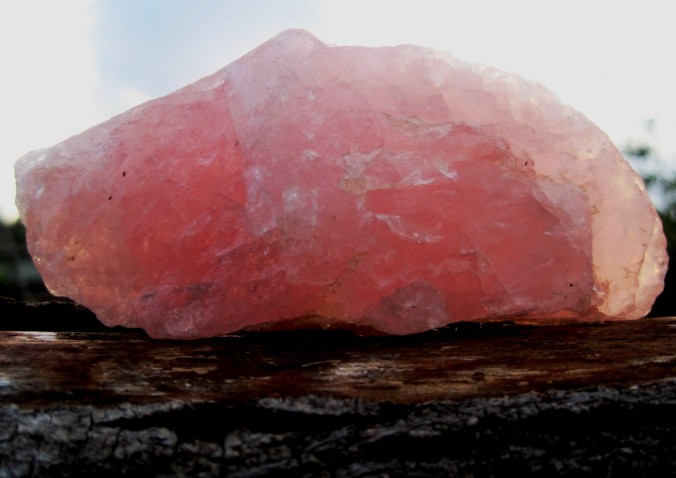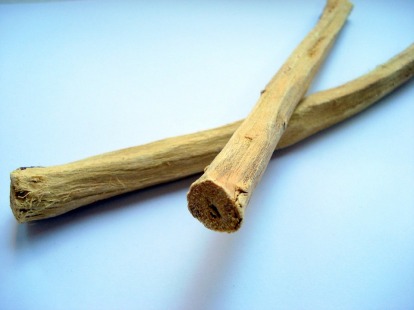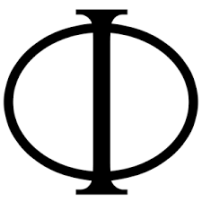 Neem, a tree native to Asia, has been used to prevent and treat illness throughout time. The first documentation of purposeful Neem cultivation dates back to 1500-600 BC, suggesting that its medicinal qualities have since been harnessed.
Neem, a tree native to Asia, has been used to prevent and treat illness throughout time. The first documentation of purposeful Neem cultivation dates back to 1500-600 BC, suggesting that its medicinal qualities have since been harnessed.
The benefits of Neem can be wreaped both internally and externally. When taken as a supplement, it balances the gut biome by gently irradicating harmful bacteria and sparing friendly microbes. When applied topically, Neem boasts anti-inflammatory and antibacterial effects.
Neem, when applied directly to the skin, moisturizes and soothes irritation. It aids rashes, allergic reactions, dry/itchy skin, and sunburn. Neem oil lends itself well to shampoos, and can rectify dandruff, psoriasis, dry scalp, and head lice.
Known to regulate blood sugar levels, Neem supports proper digestion. It encourages metabolism and successful absorption of nutrients. Neem ensures a properly functioning immune system, while warding off viruses and bacteria.
Many parts of the Neem tree are harvested in order to utilize their healing power. While the leaves contain the highest concentration of health-boosting potential, the twigs, stems, bark, stems, and seeds also harbor medicinal prowess.
It is a member of the Mohagany family, or Meliaceae, and grows in abundance in Asia. Most commonly, the Neem tree thrives in India, Burma, Bangladesh, and Pakistan.
For a cleanse that spares the friendly biome bacteria, try:
- Neem leaves (strong flavor)
- Rooibos leaves (hydrating, vanilla flavor)
- Raspberry leaves (balancing, fruity undertones)
- Orange peels (for taste)
*
*
*
*
*
*
*Dont forget to stop by and like our other pages for more original articles like this one!..
Www.facebook.com/spiritualwildfireWww.spiritual-wildfire.blogspot.com
Www.instagram.com/spiritualwildfire
Www.spiritualwildfire.tumblr.com




















